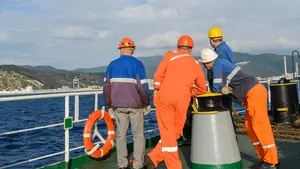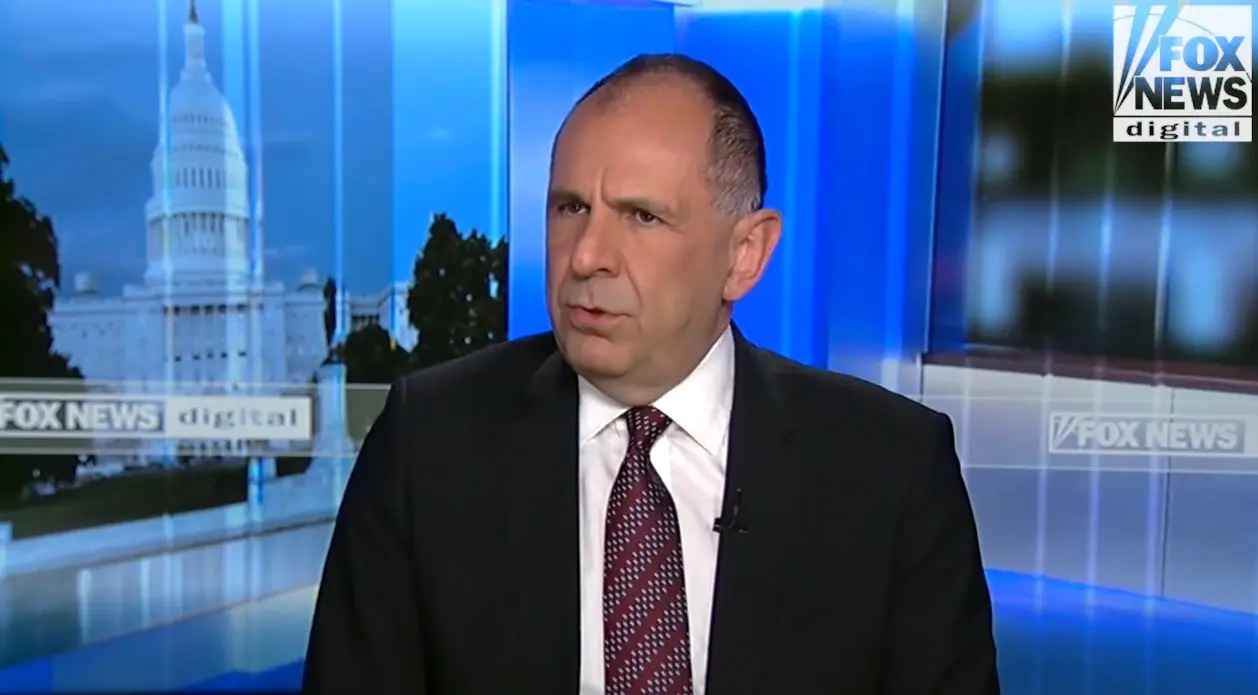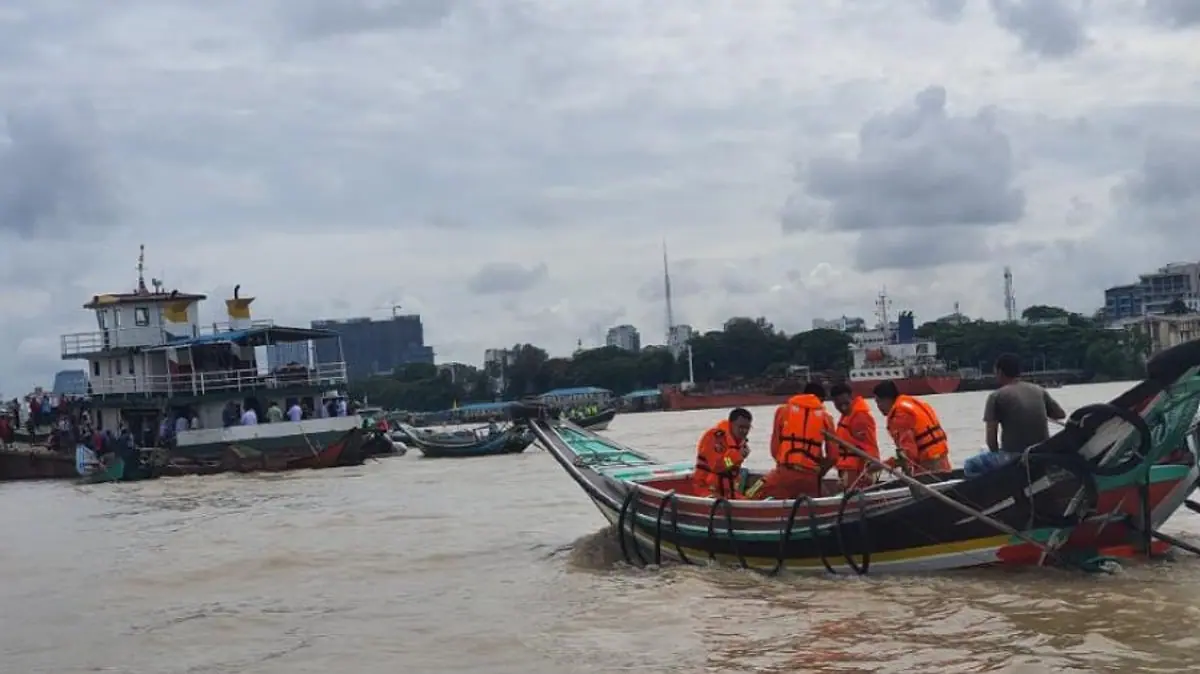The Red Sea, a vital artery for global commerce, is currently at the center of a rapidly escalating crisis that threatens to upend international shipping and regional trade. Recent attacks on commercial vessels and heightened geopolitical tensions have transformed this historic waterway from a bustling trade corridor into a high-risk zone, sending shockwaves through global supply chains.
Why the Red Sea Matters
The Red Sea connects the Mediterranean to the Indian Ocean via the Suez Canal, handling approximately 12% of global trade. Every day, hundreds of ships carrying everything from oil and gas to consumer goods and food traverse its waters. Disruptions here don’t just affect local economies—they ripple across the globe, impacting delivery times, costs, and even the availability of essential goods.
The Crisis Unfolds
Since late 2023, a surge in attacks by Houthi militants targeting commercial shipping has forced major shipping companies to reroute vessels away from the Red Sea. The Suez Canal, already vulnerable due to its narrow passage, has seen a dramatic drop in traffic. Insurance premiums for ships have soared, and freight rates have spiked as companies opt for the much longer route around Africa’s Cape of Good Hope.
Impact on Global Shipping
- Delays and Increased Costs: Rerouting ships adds weeks to delivery times and significantly increases fuel and operational costs. These expenses are inevitably passed on to consumers worldwide.
- Supply Chain Disruptions: Essential goods—ranging from electronics to food—are experiencing delays, causing shortages and price hikes in some regions.
- Regional Economic Strain: Countries bordering the Red Sea, heavily reliant on maritime trade, face declining revenues and economic instability.
Regional Trade at Risk
The crisis is particularly damaging for Middle Eastern and African nations whose economies depend on Red Sea shipping lanes. The uncertainty has discouraged investment and prompted calls for international intervention to secure the waterway.
What’s Next?
Industry experts warn that unless stability returns to the region, the disruptions could become a new normal. Governments and international organizations are actively seeking diplomatic solutions, but the complexity of the conflict means a quick resolution is unlikely.
Conclusion
The Red Sea crisis is a stark reminder of how fragile global trade networks can be in the face of geopolitical turmoil. As the world watches and waits for a breakthrough, businesses, consumers, and policymakers must adapt to a rapidly changing maritime landscape.







